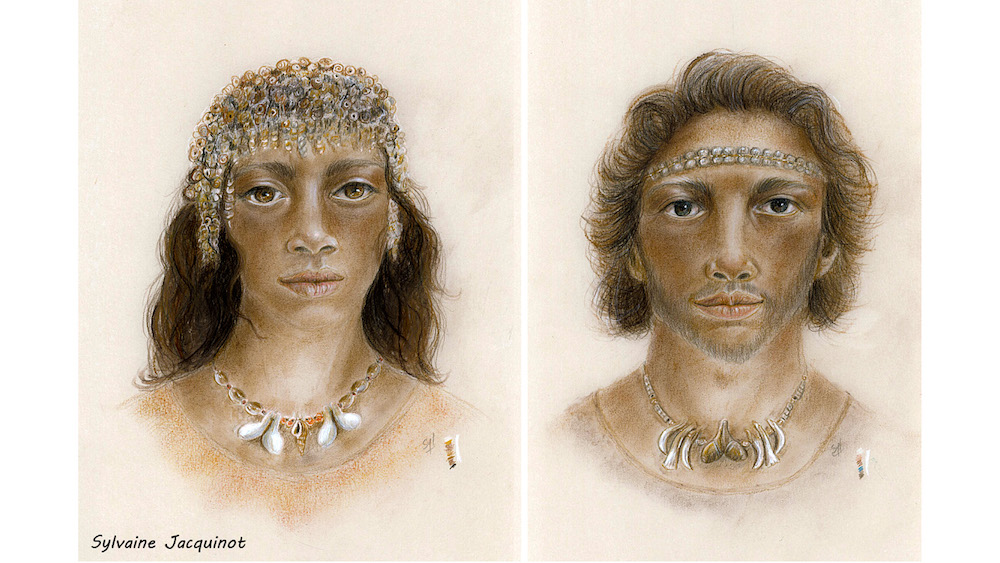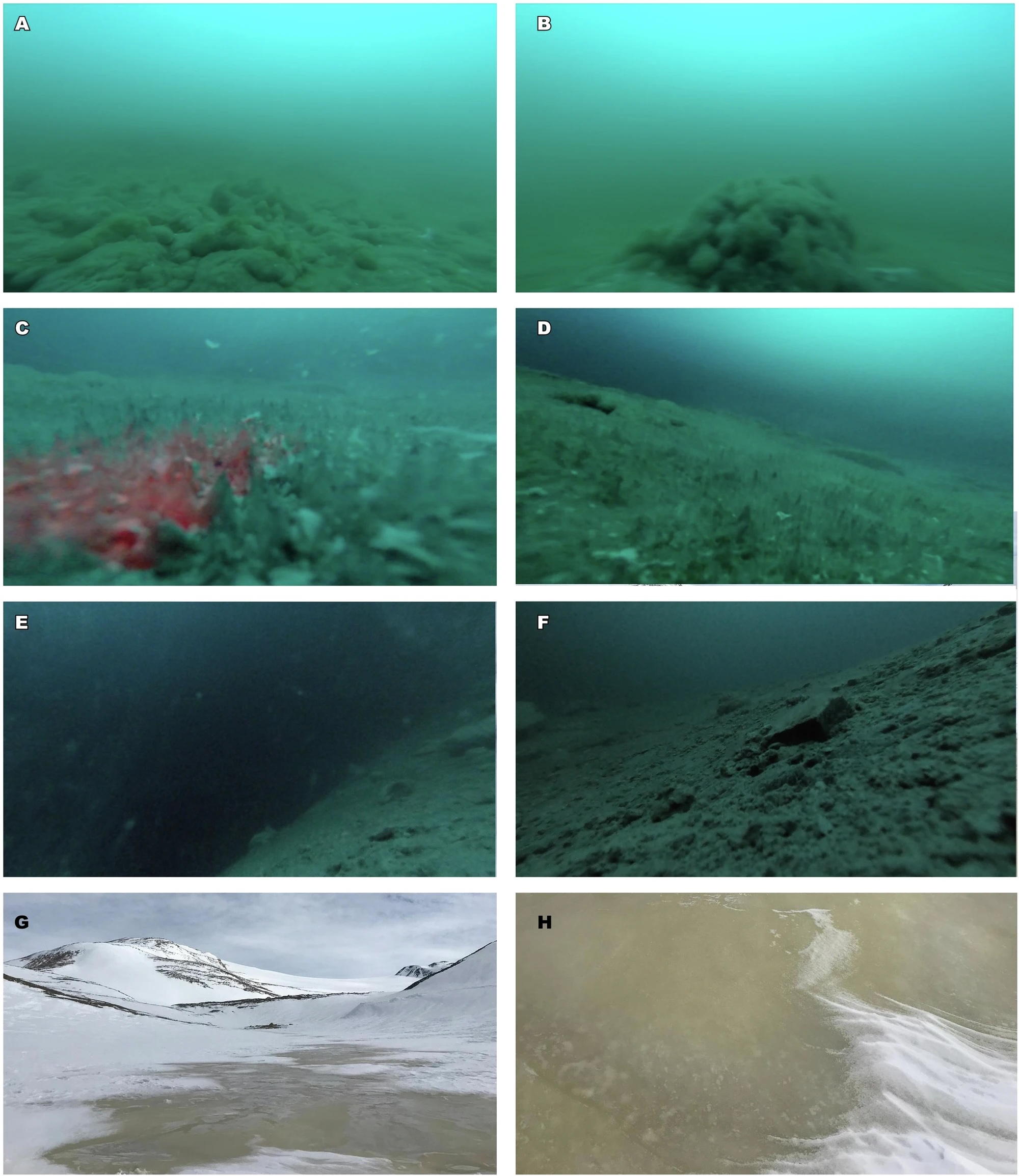The discovery of various beads and ornaments indicates the presence of nine distinct cultural groups in Stone Age Europe. The Gravettian period, between 34,000 and 24,000 years ago, was characterized by skilled artisans who used materials like ivory, bones, teeth, antlers, gemstones, shells, and amber to craft beads for personal adornment and cultural identification.
The researchers examined 134 types of adornments from 112 European sites, noting differences between the beads of various groups. For instance, certain groups used specific animal canines in their beads despite their widespread availability. Movement of materials between different groups was also observed, as seen in the ornaments found on the remains of an adolescent boy in Italy, which originated hundreds of miles away.
While geographical separation contributed to the differences in bead selection, cultural boundaries were a more significant factor. For example, burial practices were common among Early and Middle Gravettian people in Eastern Europe but later declined. Most cultural groups were confirmed using genetic data in the archaeological record, except for one group in Eastern Europe for which no genetic data was available.
The study emphasizes that genetic data does not necessarily reflect culture, highlighting the importance of considering cultural differences alongside genetic information.















